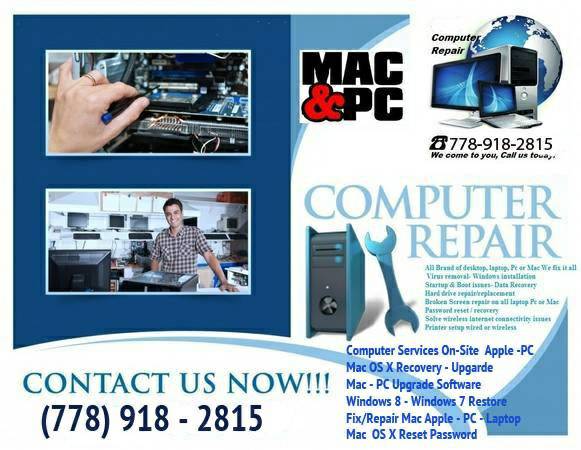
It aims to provide an easy way toĬarry out admin tasks on your computer, such as creating and editing the hardĭisk partitions. Repairing your system and data after a crash. System rescue toolkit available as a bootable medium for administrating or If we are going to ask the drive to perform heavy duty work that may result in it dying, we want to do this only once we are out of the woods and have recovered all of the low hanging fruit – which the first pass has successfully done.System Rescue Homepage About SystemRescueĭescription: SystemRescue (formerly known as SystemRescueCd) is a Linux The lack of -n and -a takes off the kid gloves and forces the drive to go over even difficult areas. r 3 menas it will go over unrecoverable sectors 3 times before giving up. This command copies everything over from /dev/sda(our source drive) to /dev/sdc(our target drive).


ddrescue -f -d -r 3 /dev/sda /dev/sdc logfile.log Then, once this is done, we move onto the next stage. In this first stage, anything not easy to copy is skipped. While the drive is dying, we don’t want to drive it into the ground to grab one 200 kilobyte image on a damaged area if that same amount of effort can recover 400 gigabytes of data. The idea here, is to grab as much data as we can before it requires a professional. logfile.log is the logfile name – if the machine dies, or a drive is accidentally unplugged, you can start over from where you left off rather than starting from scratch. n keeps ddrescue from performing the “scraping phase” whereby it puts a heavy load on the drive trying to rescue the most difficult parts, and -a 5120000 means it will skip any area that cannot be copied at a speed of at lest 5 megabytes per second. This command copies over everything from /dev/sda(our source drive) to /dev/sdc(our target drive). Now, we type the following command: ddrescue -f -n -a 5120000 /dev/sda /dev/sdc logfile.log Using ddrescue to make a block-for-block copy of the bad source drive. dev/sdc just showed up, so we know that is our target. Do note all data on the external will be written over, so ANY DATA on the external MUST be backed up or it will be GONE! # fdisk -l | grep devĭisk /dev/sdc: 500.1 GB, 500107862016 bytes, 976773168 sectors Now, we move onto plugging in our blank external. If you have the bad drive in your machine that you would like to recover, you now know it is /dev/sda. If you have a machine with one internal drive, and that is the drive you are looking to recover, the drive you see here will be our source. You can differentiate the systemrescuecd drive as it will be much smaller, the size of your USB drive that you used for systemrescuecd. You should see one for the drive in your system – here, ours is a 500 GB drive, and then another for systemrescuecd. Use at your own discretion.ĭisk /dev/sda: 500.1 GB, 500107862016 bytes, 976773168 sectorsįdisk -l will show us a list of all drives. WARNING: fdisk GPT support is currently new, and therefore in an experimental phase. We need to figure out which drive is the source and which drive is the target – there is no undo here, so proceed with caution!įirst, we type this command # fdisk -l | grep dev Linux names drives in this fashion: /dev/sda, /dev/sdb, /dev/sdc, etc. Many systems may also show you the actual brand/model of the USB drive, rather than the name of the operating system at this point.

Choose the systemrescuecd liveusb you made. Most machines allow you to choose what drive you boot up into using F12 or F11 – on Macs, holding down the option key is how this would be done.

Once you’ve created a systemrescuecd live USB, you will have to reboot your computer into the operating system.
Linux external hard drive recovery install#
In order to try and carry out a data recovery yourself, you will need systemrescuecd, a bootable Linux livecd/liveUSB that includes the tool ddrescue, a USB drive to install it to, and another hard drive connected via USB so that you can clone the faulty drive to it. With a tool like DDRescue, it is possible to recover and clone parts of your data. However, for cases where there is minor damage or just bad sectors, it may be recoverable on your own. In those cases, you will likely need a professional. A crashed hard drive can be the results of broken heads, or just bad firmware.


 0 kommentar(er)
0 kommentar(er)
